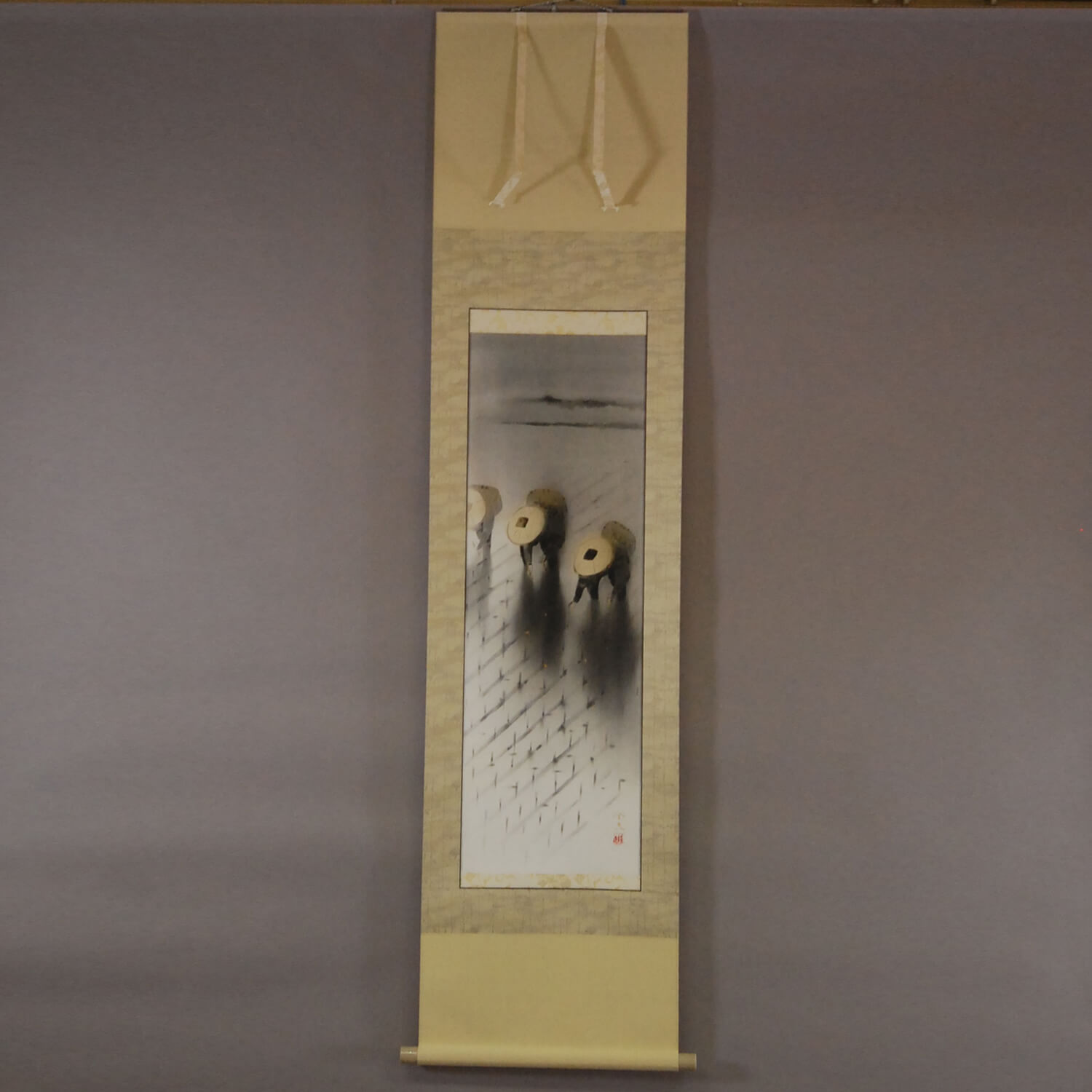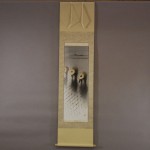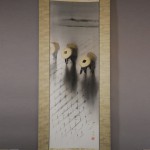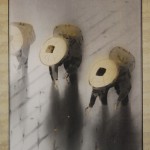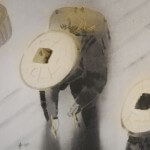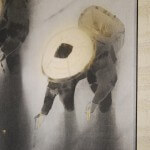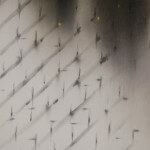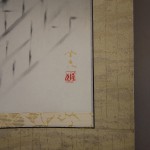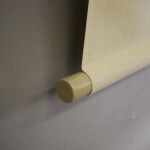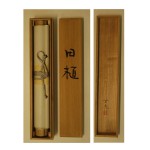Products Lineup
News / Blog
Other Menus
Kakejiku Hanging Scroll: Rice Planting / Takayoshi Satou - Taue
- Product ID
- 0088
- Name
- Takayoshi Satou
- Profile
1950-
A special member of Nihon Bijutsuin
(The Japan Academy of Fine Arts)
A disciple of Ikuo Hirayama- Size
- 485mm x 1770mm
- Roller End Material
- Ceramic
- Material of the Work
- Japanese paper
- Price
- JPY 500,000
- Stock Condition
- In stock
- Payment: Click the Paypal Mark
- Duty and Taxes
Import duty and taxes are beyond our control and may apply to your shipment. Please noted that these fees are the responsibility of the buyer.
- Description
Diligence is the Japanese national character, and agriculture influenced the formation of Japanese diligence. There is not much arable land in Japan. Therefore, agricultural techniques, such as a two-crop system and rice terraces, were developed to maximize crop yield with limited arable land, and the Japanese people adopted the habit of working long hours. In this way, diligence was considered a virtue in Japan. One of the reasons that Japan has become an economic superpower must be traced to this diligence. The diligence cultivated by agriculture has played an important role in making Japan what it is.
This is Takayoshi Satou’s landscape painting of rice-planting. A machine is used today, but a farmer used to set out rice plants by hand, like this. If we consider the fact that agriculture caused Japanese diligence, we can feel a mysterious aura coming from this painting of rice-planting. Takayoshi Satou expresses this mysterious aura perfectly, with his refined depiction of light and shadow. Jean-Francois Millet, who was a famous painter in France, once painted a landscape of farming villages. His painting had religious implications, so it also gives off a mysterious aura. This scene painted by Takayoshi Satou is no less significant than that of Jean-Francois Millet.

